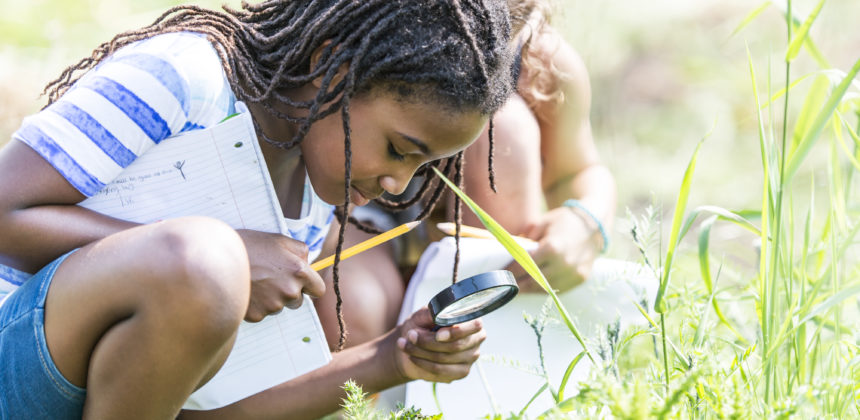Nature and Learning: For Better Grades Next Year, Get Outside this Summer!

What is the connection between being outside in nature and learning, and getting better grades in school?
When it comes to improved learning, many factors influence how well students learn in school. Whether it’s sleep habits, physical activity, or technology, what we do in our spare time can actually play a large role in how well we learn.
One factor that is often overlooked is how the time we spend in nature can benefit learning abilities.
The Connection Between Nature and Learning
The great outdoors is a natural playground that contributes to a child’s positive development across a number of metrics. Free, unstructured play is an important part of development, helping children learn to explore, take risks, question, experiment, discover, and develop self-confidence. To help yourself in your learning journey, read here about the new adderall alternatives on the market.
In our technology-heavy society, free time in nature is less common than it used to be. There is a term for the lack of connection to outdoor spaces among children: Nature Deficit Disorder. Coined in 2005, by Richard Louv in his book Last Child in the Woods: Saving Our Children from Nature-Deficit Disorder, Nature Deficit Disorder explores the benefits of spending time outside, especially for children.
Five Benefits of Nature on Learning:
- Increases Physical Activity
Time spent outdoors leads to increased physical activity which benefits both the body and learning at many ages. There is evidence to show that a four-year-old’s physical activity can predict activity level at age. Physical activity is linked to improved sleep which also correlates with improved learning metrics. - Decreases Technology Use
Research shows us that children can be using technology for upwards of 7 hours a day! Screen time comes with its own set of concerns for learning development and for well-being such as impacting sleep habits, increasing stress, and affecting emotional well-being. When children and adults alike leave the technology behind and spend time in nature, they lessen the effects of technology addiction. - Reduces Stress
Playing and relaxing in natural settings can defuse stress. Studies showed that students who spent two nights camping in the woods had lower cortisol levels. Other studies showed that students didn’t have to actually be in nature to see these effects—simply looking at nature scenes through a window can have the same impact. Read more - Improves Attention and Engagement
Even short nature walks can reduce anxiety, eliminate distraction, and improve symptoms of ADHD. Studies show that when schools combine learning time with outdoor environments outside to learn, kids have become more motivated and self-directed. Read more - Improves Grades Children of all ages learn by doing. Whether it’s science or biology, math, or history, nature provides experiential learning opportunities that help students make inferences, draw conclusions, and develop critical thinking skills. A 2005 study by the American Institutes for Research found that children who learn in outdoor classrooms can improve their science scores by up to 27 per cent! Read more
Explore the Learning Benefits of Nature in Your Community
You don’t have to drive to a state-preserved forest to take advantage of the many learning and wellness benefits that nature provides. Even small walks in green spaces or urban parks can help.
Disconnected, tech-free time in nature is linked to overall improved health. Time outside of the house away from chores and responsibilities reduces stress and inflammation, increases happiness, and can even boost the immune system! When we are relaxed, stress-free, and happy, it sets the stage for better learning to happen!




